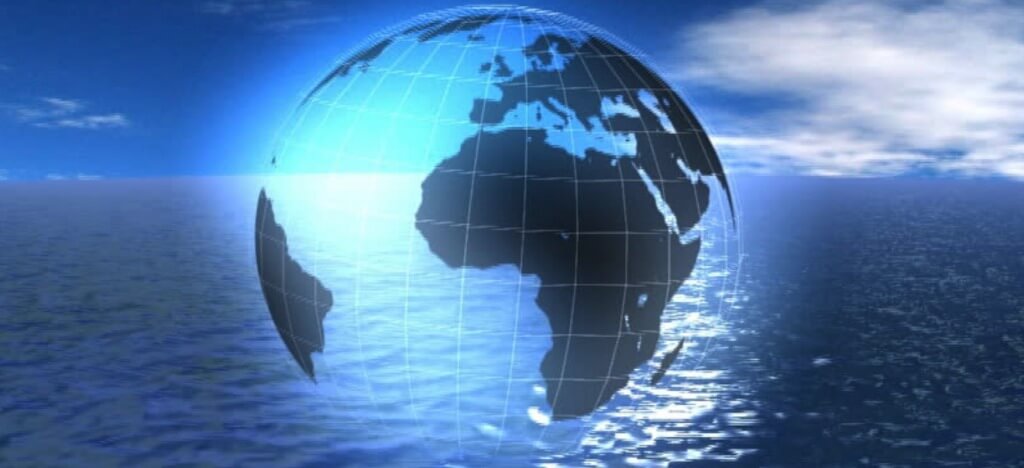The Basics of Water

I think everyone knows about the arguments we are having about water here in Monterey. In fact, I have been involved in some of it. But there are actually a lot of issues around water in other states and – especially – in other parts of the world. Over the next six to eight weeks I will do what I did with my articles on the environment – look at the details so that we all understand the big picture.
The surface of our planet (71%) is covered in water – though 97% of that is seawater in our oceans. Most of the remaining 3% that is fresh water is locked up in glaciers and our polar icecaps; leaving only 1% of all the water on earth available for human use in our lakes, rivers, and other groundwater’s – including underground aquifers. We also have a lot of water vapor in our atmosphere, but that comes from evaporation from the oceans, lakes, and elsewhere and – generally within a few weeks – comes back down as rain, sleet, or snow.
What excites astronomers is that some water (though not nearly as much as on earth) has been detected on the polar regions of Mars and the Moon; as well as some of the outer planets and their moons. This may make it possible to someday go there.
But the water we have on earth now is about the same amount as there was millions of years ago, and water has become one of the most important resources in the world. About 70% of that fresh water is used for agriculture, while 20% is used by industry; leaving only about 10% for household use. But that seems to be the part we argue over. And argue we do.
The average person in the US uses 65 to 80 gallons of water a day for bathing, cooking, and drinking – and a little more for outside landscaping. But that amount varies quite a bit based the on area people live in – and from country to country. People living in hotter areas, for instance, use much more water than those who live in cooler, rainy areas such as Ireland. The Average daily water consumption in Phoenix is 140 gallons per day (GPD), while Albuquerque is at 125 GPD (down from 252 in 1994); while Spain has a 70 GPD use, and people in the UK use 40 GPD on average.
We have to realize that water is one of the most essential nutrients required by living things. Water regulates our body temperature and digestion, helps with the disposal of waste, and is needed by the brain to produce hormones and neurotransmitters. The human body can go for about 30 to 40 days without food, but you can only live without water for about 3 days. So as you can see, it is quite important for our well-being, and the US and other western countries are very fortunate to have as much usable water as we do.
Not everyone in the world is so fortunate, and people in many countries cannot count on water being available – much less clean and drinkable. Almost 700 million people (two times the populating of the US) don’t have easy access to clean water. Some of these people live in very rural third world countries and spend hours each day fetching water and bringing it back to their homes. Others have polluted wells, and it is estimated that several million of them die each year from that polluted water.
Even as I started writing this series, the New York Times reported that up to one fourth of the people on our planet may be running out of water – and 17 countries are in what the above report would call “high stress” environments. These are real threats to global stability.
Sao Palo, Brazil almost had their water pipes go dry in 2014, and then had floods the following year. The country has 16% of the fresh water on the globe, but most is in the Amazon River and they do not have the infrastructure to move it.
Cape Town South Africa is hardly a third world city, but last year it approached what it called “day zero” (April 16, 2018) when its reservoirs would have no water. They severely rationed their 4 million residents for months to as little as under seven gallons a day. But by late March emergency actions – such as getting farmers to give up water – gave the city a small additional buffer, in June, they had saving rain.
In India, the city of Chennai, with a population of over 10 million came to – and passed – June 19, 2019 which had been labeled “Day Zero” when they would run out of water. Their reservoirs were almost completely dry and water was brought in by truck.